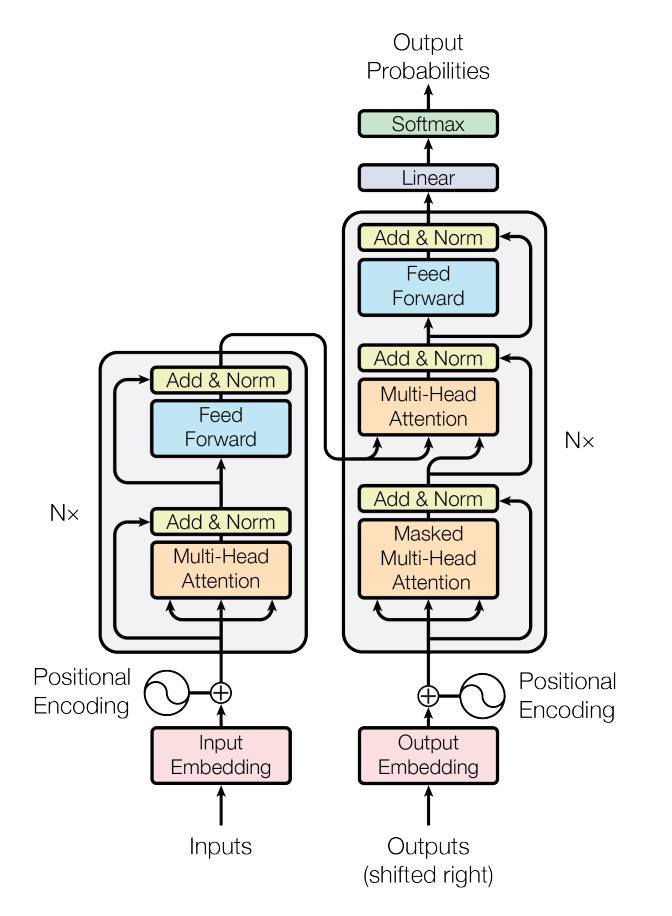A series of algorithms, and exercises made in an effort to learn PyTorch.
pip install torch torchvision visdom
-
visdom -
Navigate to any of the algorithm directories and execute
python train.py
-
A2C: Advantage Actor-Critic is an on-policy algorithm which maximizes performance via gradient ascent while also accounting for an Advantage value (A = Q - V, e.g. how much better is this action compared to the average action taken in this state) which is approximated by a target value network.
-
DQN: Deep Q-Learning is an off-policy algorithm which learns what actions maximize the optimal Q function for a given environment.
-
DDQN: Double Deep Q-Learning corrects some of the bias flaws of a simple DQN. By introducing a second Q-Network to evaluate state-action pairs, the model is less likely to excessively reward new states. One network selects the action, and the other network evaluates the efficacy of that selection.
-
DDPG: Deep Deterministic Policy Gradient is an off-policy algorithm which simultanesouly learns a Q-function as well as a deterministics policy π whcih allows it to act in continuous actions spaces. The Q-function is improved via the Bellman equation, and, in turn, the policy learns from the Q-function.
-
SAC: Soft Actor-Critic improves on DDPG and other algorithms by modifying the objective function from simply cumulative reward over state-action pairs to include an entropy term which rewards stochastic policy selection. The algorithm uses processes similar to DDQN to optimize the reward as well as the entropy term.
- SAC-ERE: Soft Actor-Critic with Emphasizing Recent Experience. This implementation employs a more-sophisticated replay buffer sampling method than the uniform sampling initially proposed by Haarnoja et al. By annealing the replay buffer batch size over as an episode progresses, the model is less likely to sample irrelevant data. ERE accelerates the marginal-discard process while still guaranteeing high-entropy sampling via vanilla SAC.
-
AE: The standard Auto-Encoder reduces an input to a smaller dimension while retaining the most representative aspects of the input in order to reconstruct the initial data as accurately as possible. Auto-encoders work as dataset-specific compression tools by forcing the input data x through a bottleneck in the hidden layer or layers until it reaches a satisfactorily compressed value h from which it can still be reconstructed as accurately as possible to an output value x’.
-
DAE: Denoising Auto-Encoder perform the same task as standard Auto-Encoders but adjust for noise in the input data x. They are particularly useful for feature extraction and avoiding simply learning the Identity Function of a given dataset as they ~randomly sleect portions of the input to corrupt with "noise"
-
Transformer: Transformers eclipse the standard RNN performance via a self attetion mechanism which applies a significance value that serves to improve contextualization for reconstruction, kind of similar to in application to the function of an LSTM. I won't pretend to fully understand how they work, but here's a diagram
-
Monte Carlo Search Trees: TODO
-
Flesh out documentation across implementations or at least refer to SAC-ERE
-
Standardize visualization
-
Implement ε-greedy exploration in all cases
-
Implmenent GAN
